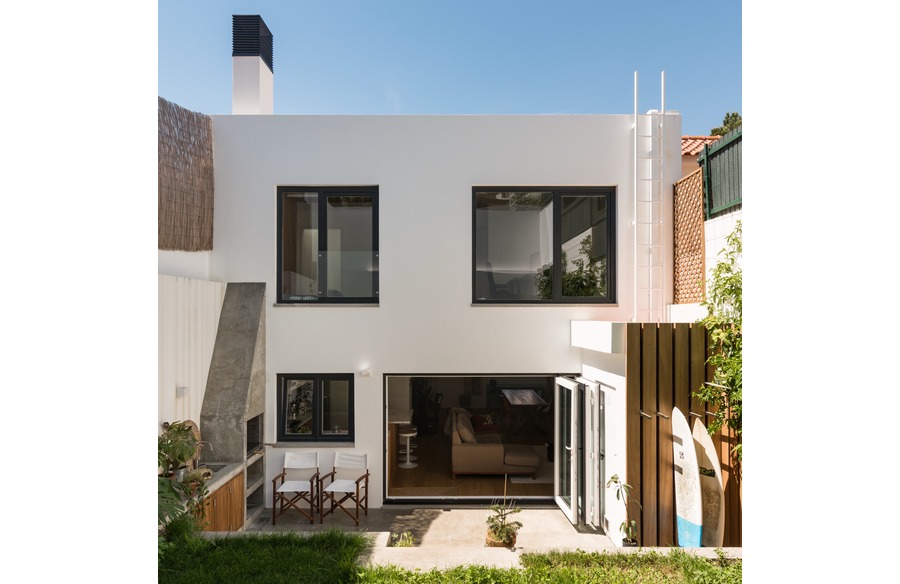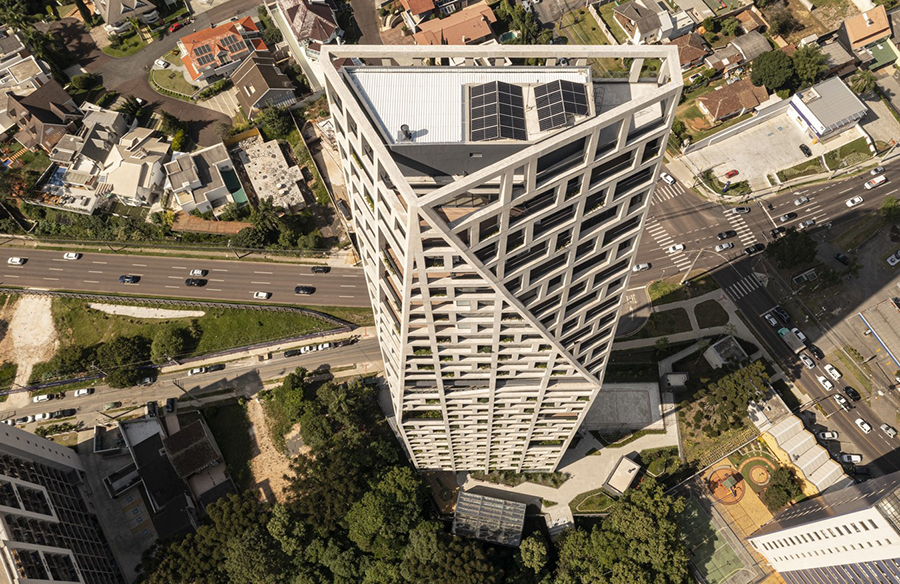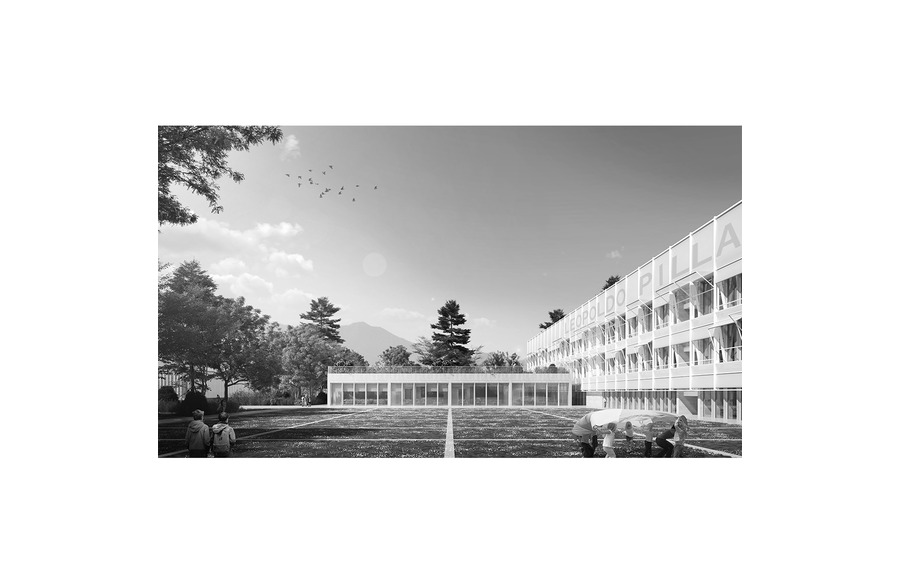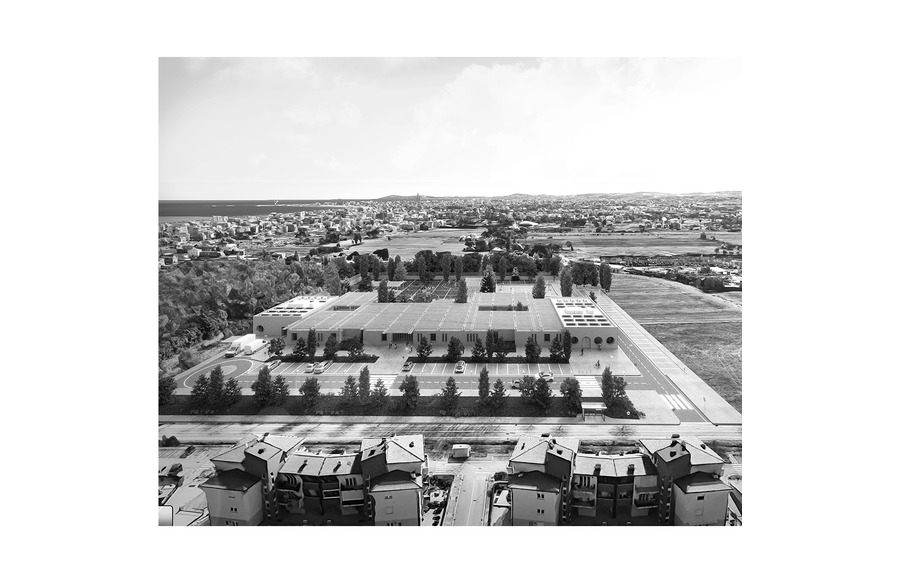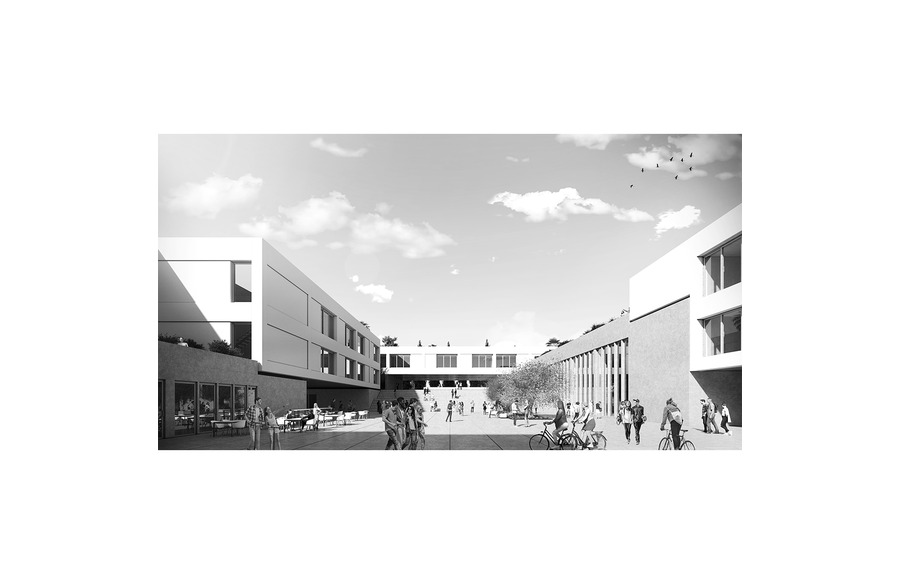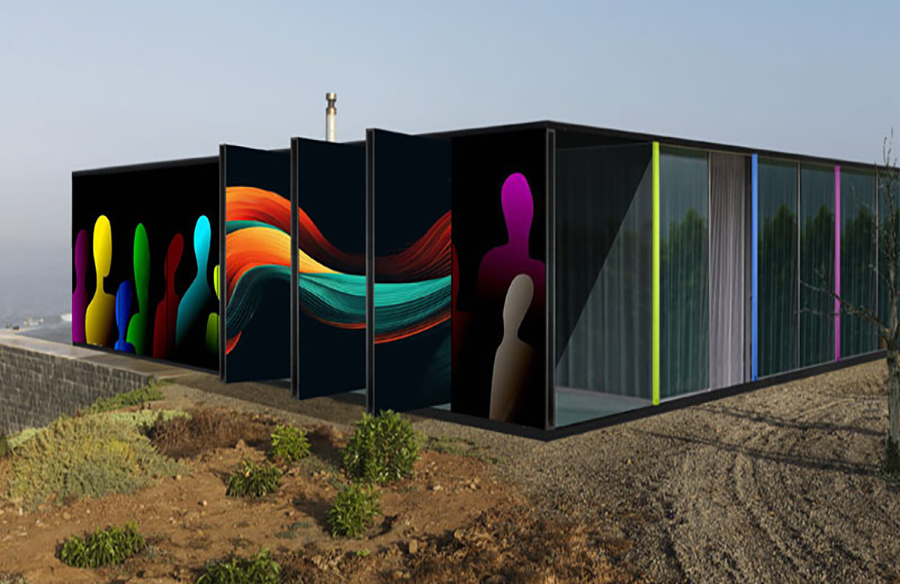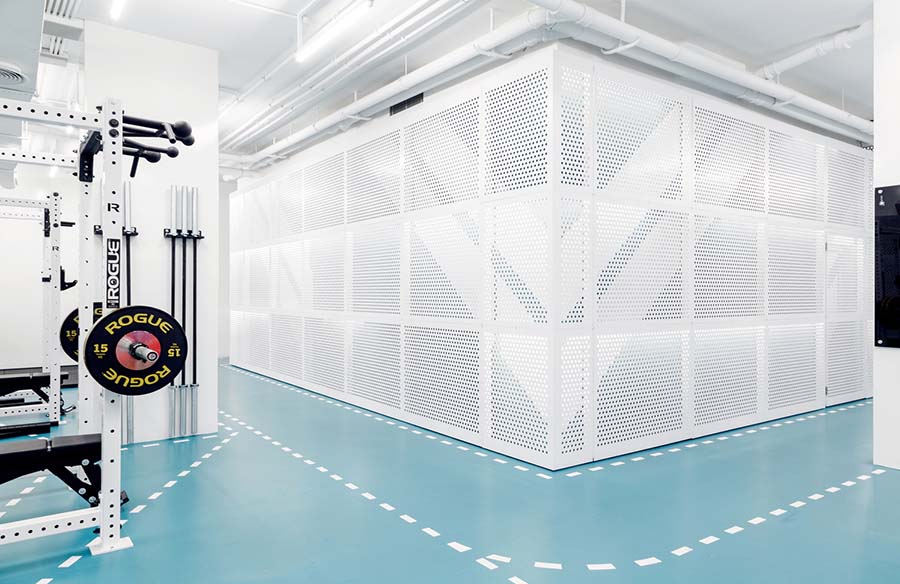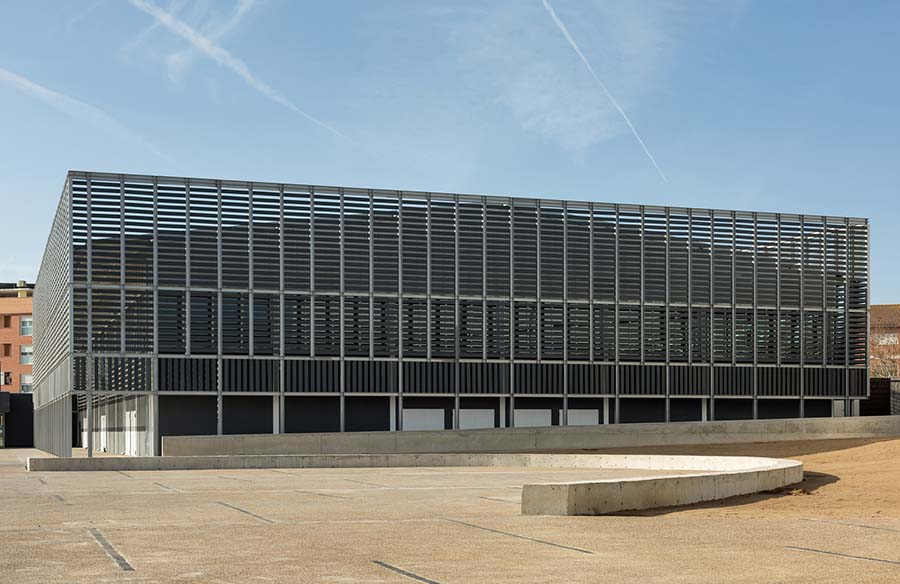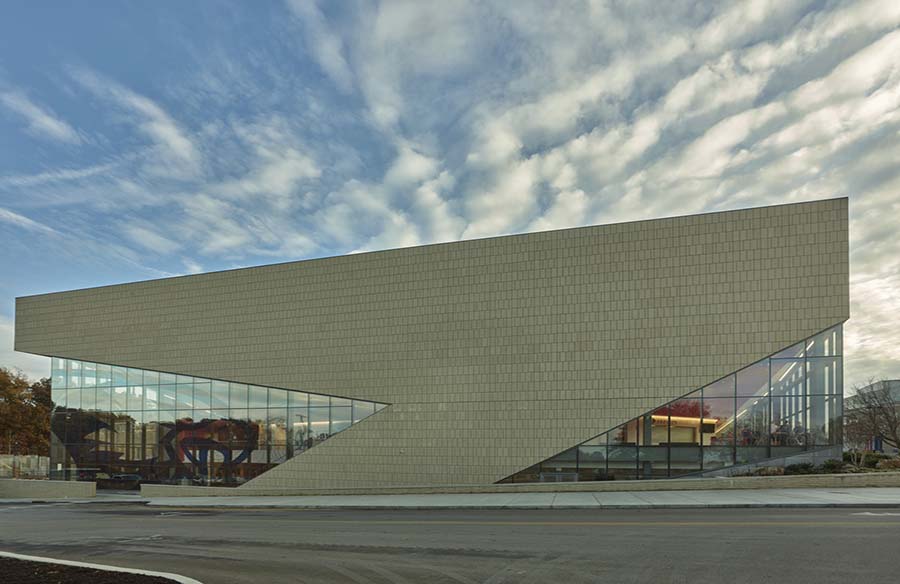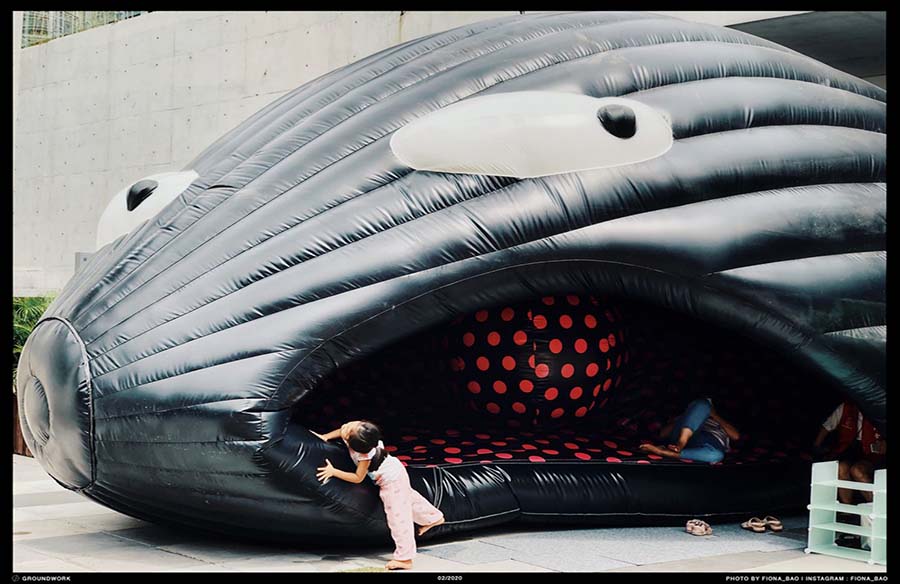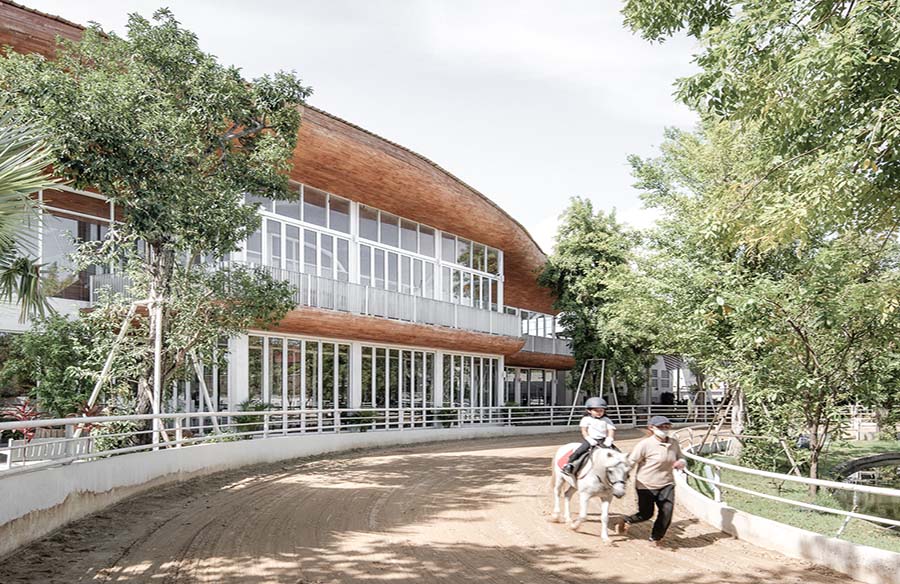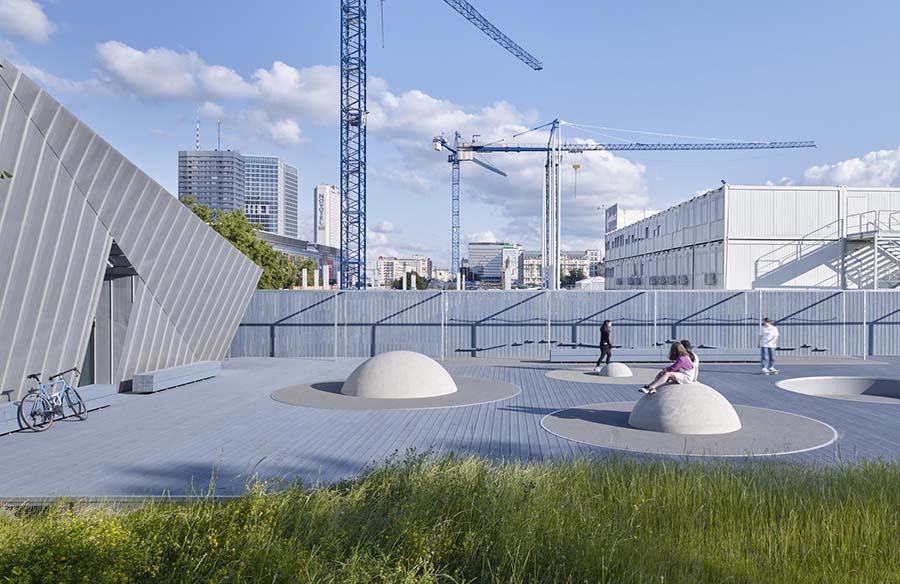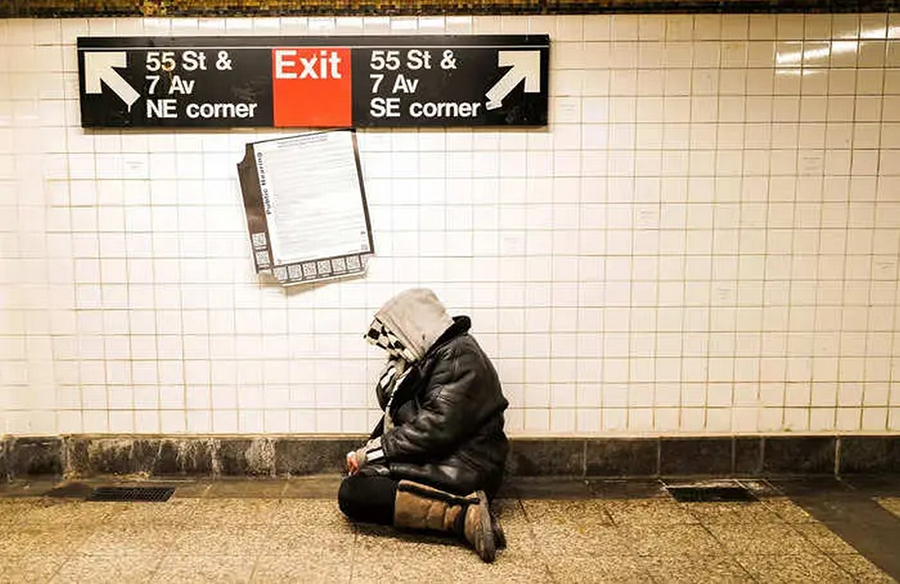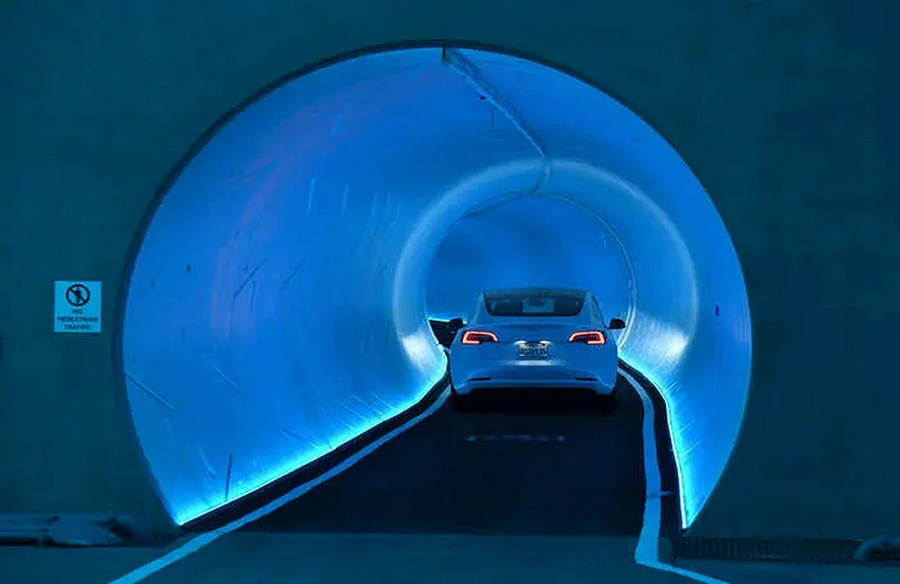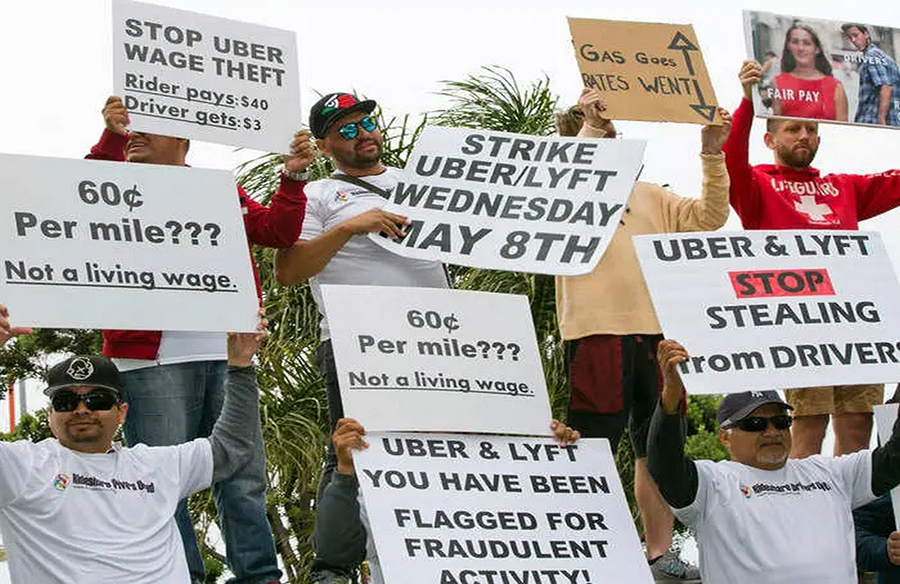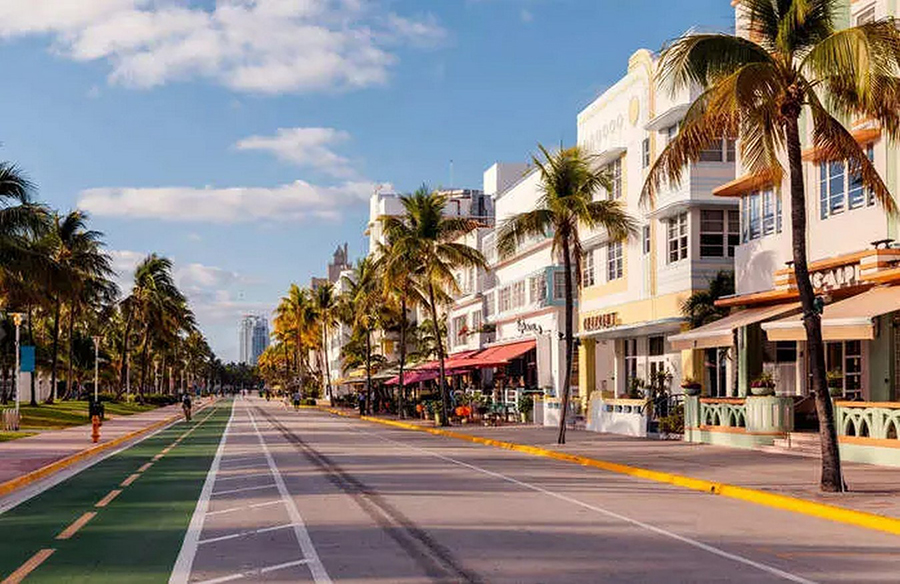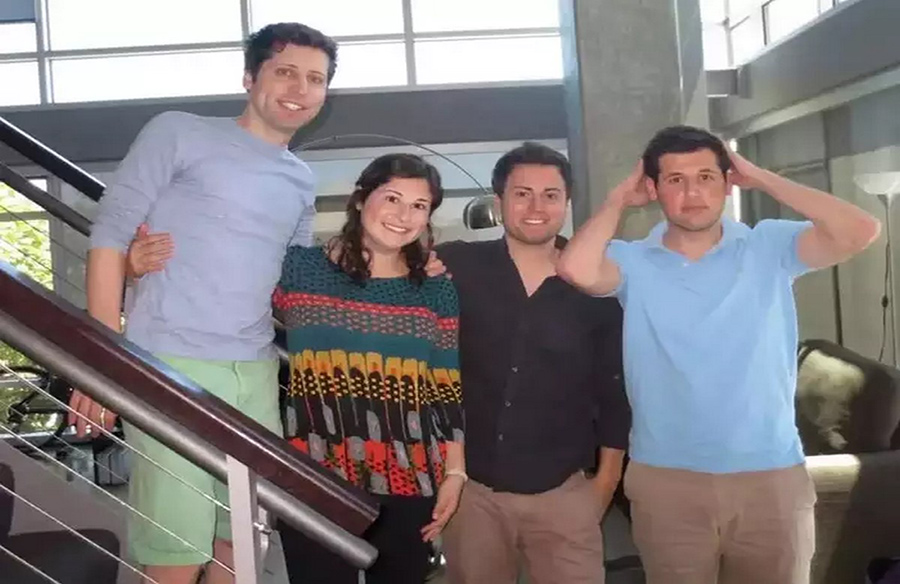The Changing Landscape of Commuting: Remote Work’s Impact on Distance to the Office
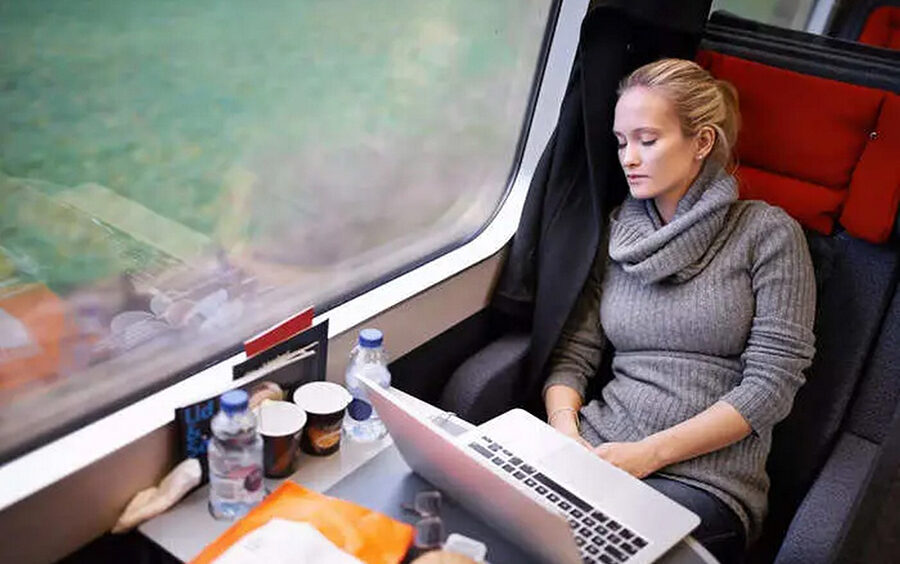
The COVID-19 pandemic catalyzed a seismic shift in the dynamics of office work, with remote arrangements becoming the norm for many employees. As workers adapted to virtual setups, a notable trend emerged: a significant increase in the distance between employees’ residences and their workplaces.
Remote Work’s Influence on Commute Distance
Data collated by Stanford, WFH Research, and Gusto economists reveals a remarkable transformation in commuting patterns. The proportion of workers residing over 50 miles away from their offices surged more than fivefold between 2019 and 2023.
Expanding Talent Markets
Contrary to the notion of remote workers staying tethered to their original employers, many seized the opportunity to explore new work locations. Liz Wilke, principal economist at Gusto, notes that remote work broadened the talent markets, especially for high-earning professionals in remote-friendly industries.
Analyzing Commute Trends
Gusto’s analysis, drawing from a dataset spanning 5,800 firms and over 300,000 businesses, elucidates the evolving commute landscape. The median distance from offices rose from 10 miles in 2019 to 27 miles in 2023, indicating a profound reshaping of the working world.
Generational Perspectives
The shift away from traditional offices, primarily instigated by millennials, is underscored by the finding that workers aged 30 to 34 live farthest from their workplaces, with an average distance of approximately 31 miles.
Sectoral Dynamics and New Hires
Industries such as information, professional services, finance, and insurance witness the most pronounced increase in commute distance. New hires, particularly those onboarded post-March 2020, report residing farther from their workplaces compared to pre-pandemic hires.
Remote Work Accessibility and Income Disparities
While remote work opportunities are more prevalent for higher earners, the average distance from the workplace has increased across income brackets. Notably, individuals earning over $250,000 annually exhibit a substantial rise in commute distance compared to lower-income counterparts.
Future Outlook
Despite the normalization of remote and hybrid work arrangements, Wilke suggests that the trend of workers living farther from their workplaces is far from reaching saturation. The enduring impact of this shift underscores the need for ongoing adaptation and exploration of flexible work models in the evolving landscape of employment.


 English
English 
